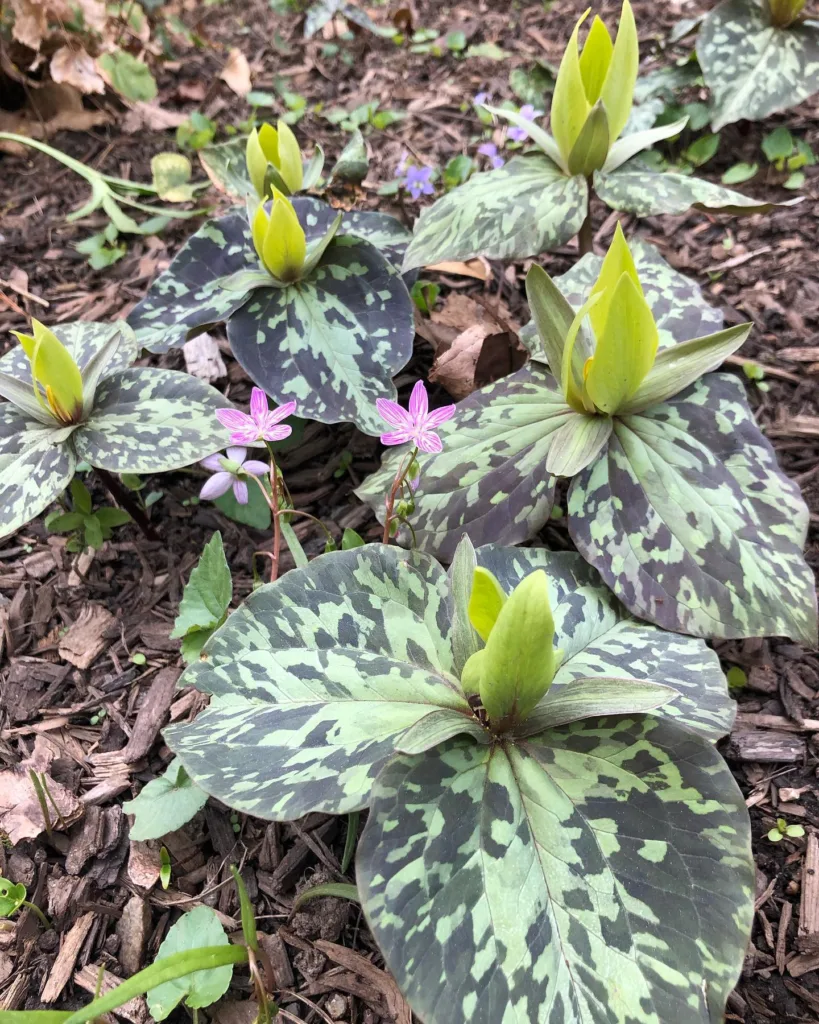
Gold Crest False Aralia: Your Comprehensive FAQ Guide
The Gold Crest False Aralia, also known as False Aralia Gold Crest, is a captivating plant that adds a touch of elegance to any indoor space. If you’re considering adding one to your collection or are already a proud owner, you might have some questions. Here, I’ll address the most frequently asked questions about this stunning plant, including its care, common issues, and more.
What Is Gold Crest False Aralia?
Gold Crest False Aralia (Plerandra Elegantissima) is a tropical plant native to New Caledonia. It’s celebrated for its glossy, deeply lobed leaves with a striking gold and green variegation. This plant can grow up to 3-6 feet tall, making it a notable addition to both home and office settings. Its unique appearance and manageable size make it a popular choice among indoor gardeners.
How to Care for Gold Crest False Aralia?
Caring for the Gold Crest False Aralia is relatively straightforward if you follow a few key guidelines:
- Light: This plant thrives in bright, indirect light. Too much direct sunlight can scorch its leaves, while too little light may cause it to become leggy and weak.
- Watering: Keep the soil consistently moist but not waterlogged. Allow the top inch of soil to dry out between waterings. Overwatering can lead to root rot, which is a common issue with this plant.
- Humidity: Gold Crest False Aralia enjoys a humid environment. Regular misting or placing a humidity tray nearby can help maintain the right moisture level.
- Temperature: It prefers temperatures between 60-75°F (15-24°C). Avoid exposing it to cold drafts or sudden temperature changes.
- Fertilizing: Feed your Gold Crest False Aralia with a balanced liquid fertilizer every 4-6 weeks during the growing season (spring and summer). Reduce feeding in the winter months.
What to do with Gold Crest False Aralia Brown Leaves?
If you notice brown leaves on your Gold Crest False Aralia, it could be due to several factors:
- Overwatering or Underwatering: Both conditions can cause browning. Ensure you’re following the proper watering routine and check the soil moisture regularly.
- Low Humidity: Brown edges can also indicate low humidity. Increase the humidity around your plant by misting or using a humidifier.
- Nutrient Deficiency: Lack of essential nutrients might result in leaf discoloration. Regular feeding can help prevent this issue.
Why Is My Gold Crest False Aralia Drooping?
Drooping can be a sign of several problems:
- Water Stress: Both overwatering and underwatering can lead to drooping. Check the soil’s moisture level and adjust your watering routine as needed.
- Light Issues: Insufficient light can cause the plant to droop. Ensure it’s getting the right amount of bright, indirect light.
- Temperature Fluctuations: Extreme temperatures or drafts can stress the plant. Maintain a stable environment to keep it healthy.
Is My Gold Crest False Aralia Dying?
If your Gold Crest False Aralia appears to be dying, it’s essential to diagnose the issue promptly:
- Check for Root Rot: Gently remove the plant from its pot and examine the roots. If they’re dark and mushy, root rot may be the problem. Trim the affected roots and repot the plant in fresh soil.
- Inspect for Pests: Look for signs of pests such as spider mites or scale. Treat infestations with appropriate insecticides or natural remedies.
- Review Care Routine: Ensure you’re meeting the plant’s needs in terms of light, water, and humidity. Adjust your care routine if necessary.
How to Propagate Gold Crest False Aralia?
Propagation can be done through cuttings:
- Take Cuttings: Select a healthy stem with several leaves. Cut it just below a leaf node using a clean, sharp knife.
- Prepare Cuttings: Remove the lower leaves and place the cutting in a container with water or a well-draining soil mix.
- Provide Conditions: Keep the cutting in a warm, humid environment with indirect light. Roots should develop in a few weeks.
- Transplant: Once roots are established, transplant the cutting into a pot with suitable potting soil.
What to Plant With Gold Crest False Aralia?
Gold Crest False Aralia pairs well with other tropical plants such as:
- Philodendron: The lush foliage complements the False Aralia’s unique leaves.
- Pothos: Offers a cascading effect that contrasts nicely with the Gold Crest’s upright growth.
- ZZ Plant: Its glossy leaves and low maintenance requirements make it a good companion.
Is Gold Crest False Aralia Toxic to Cats?
Yes, the Gold Crest False Aralia is considered toxic to cats. If you have pets that might nibble on houseplants, it’s essential to keep this plant out of their reach or choose pet-friendly alternatives.
In conclusion, the Gold Crest False Aralia is a striking and relatively easy-to-care-for plant that can enhance your indoor garden. By following the care tips provided and addressing common issues promptly, you can enjoy its beauty for years to come.
If i die, water my plants!



